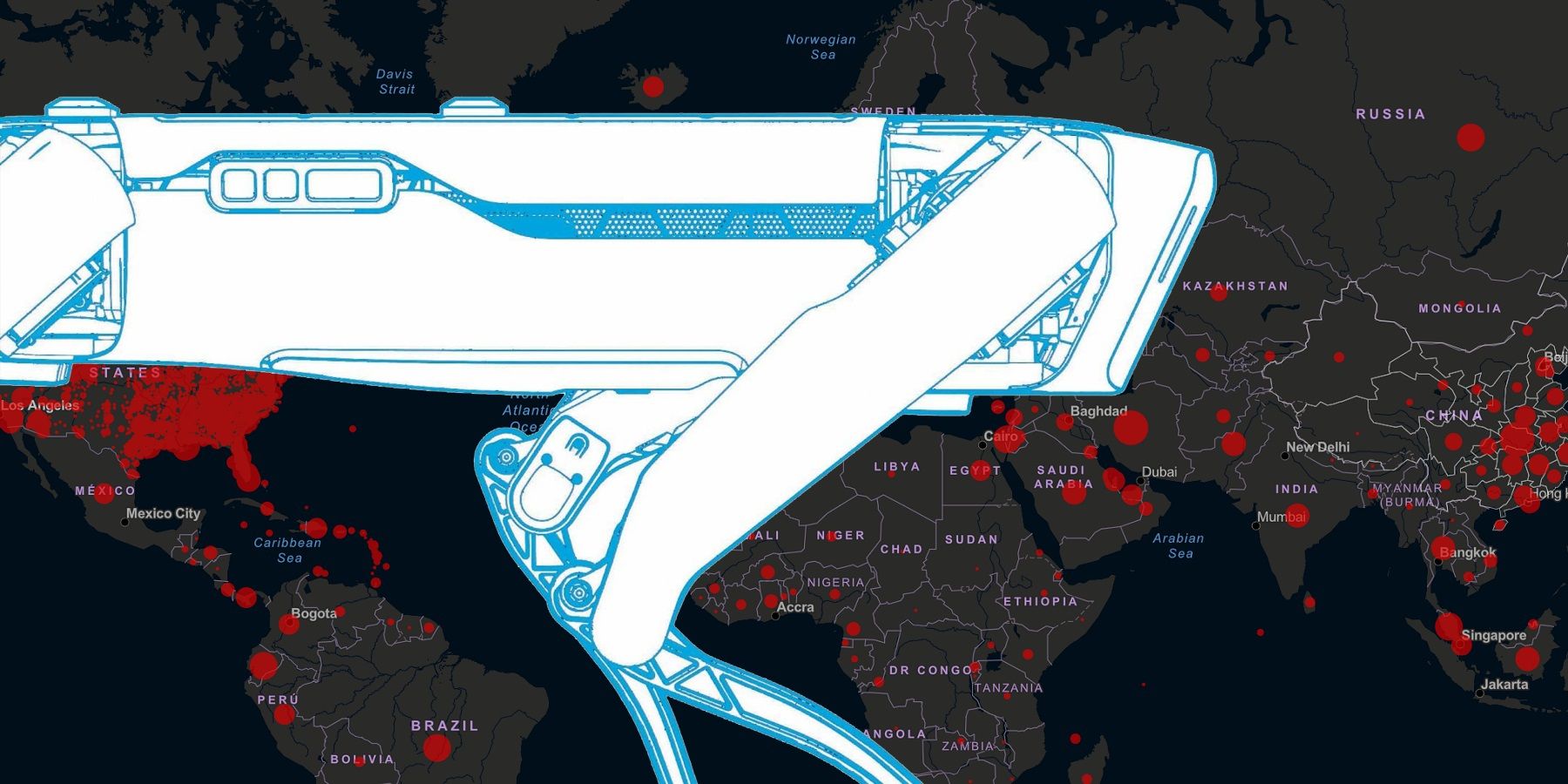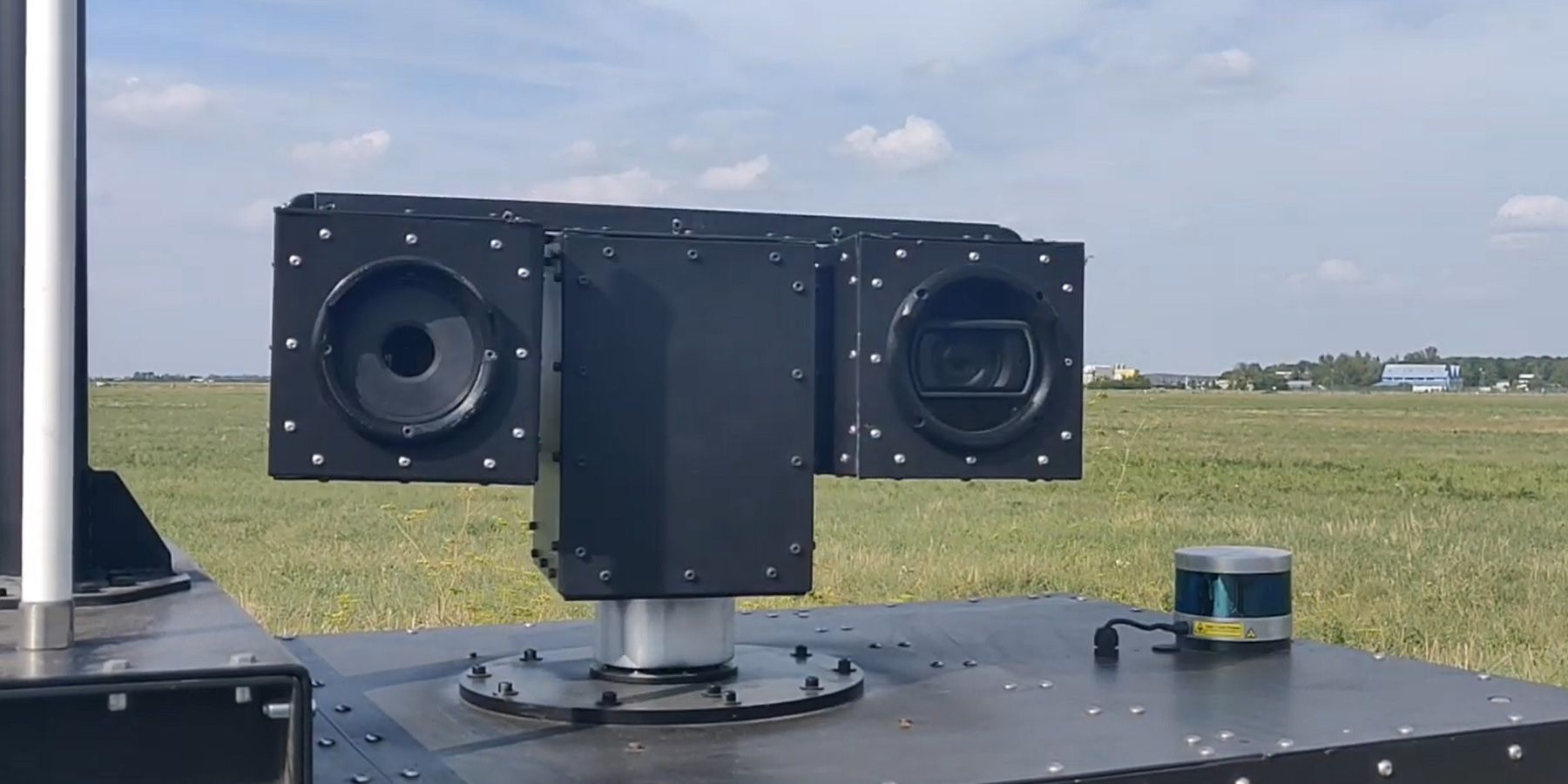Doctors working the front lines of the COVID-19 pandemic response may be the newest essential workers to work from home, thanks to Boston Dynamics’ four-legged “dog” robot Spot. Hospitals are attaching tablets to the autonomous robots to provide patients with virtual face time without being physically present.
Working from home has become the new norm for many, and apps and services have made specific changes recently to account for the new normal. However, not everyone can work from home at a time like this and medical workers are a prime example. There physical presence is one of the key ways to help slow down the spread, even though that places them at greater personal risk. Medical professionals have faced infections at an alarming rate while working on the front lines of the coronavirus outbreak with Boston Dynamics explaining that one of the hospitals that approached the company had reported one-sixth of their staff contracted COVID-19 within a single week. A stat that greatly highlights the drastic need for preventive precautions.
Now, Boston Dynamics has revealed a new initiative which allows doctors to provide contagious patients with virtual check-ups and consultations without placing themselves at risk. Currently the robots are being used for telemedicine purposes to limit person-to-person exposure to the virus. However, Boston Dynamics’ aspirations are bigger, with stated plans to implement disinfection mechanisms, and with more development perhaps even remote inspection of patients. This newest foray into the world of robotic medicine is another development in the further technologization of our medical system, which often strikes criticism from those who fear dehumanization of our healthcare. These robot doctors could be here to stay, and that might not a bad thing, even if it comes with an image problem - following decades of bad representation in movies and the media.
Remote Doctors Missing A Human Touch?
Nobody can reasonably deny the fact that taking preventive precautions for our medical workers is a great benefit. At the same time, those looking for comfort from their doctors - who instead encounter a face on a tablet attached to a four-legged metal contraption - may understandably feel the system is cold and detached. The robotic medical force was heralded since at least 1964, when science fiction author, Arthur C. Clarke, made the outlandish prediction that one day we’d conduct remote surgery, which came true in 2001. While our society is fine with these kinds of technological advancements, wherein robotic tools are used as appendages of the body, we draw a harder line when it comes to adding AI to the mix. Robotic arms are commonly viewed the same way people see cars or remote controls - programmed to only perform what we input them to. AI-assisted autonomous robots, on the other hand, are commonly seen as another kind of being.
Thanks to decades of science fiction shows and movies, many commonly see autonomous technology as the next stage in evolution that could easily overthrow humans as rulers of the world. Often this is attributed to the concept of uncanny valley where these fictional robots look and act so much like the way we do, that they must be like us. Boston Dynamics’ four-legged Spot hasn't been exempt from this either, despite its non-human and “friendly” appearance. Nowhere is this more evident than in Black Mirror's fourth season episode “Metalhead,” in which the protagonist is hunted relentlessly by a merciless Spot-inspired killer robot. However, the wariness isn’t entirely unfounded as in 2013 the US Marines first began testing the Spot model for their purposes, and re-opened testing again in 2017. In 2019, Spot officially joined forces with the police when the Massachusetts State Police acquired their own model.
Whether a robot like Spot may help or hurt all depends on the intentions of the person using it, but the same can be said of a scalpel. The difference is in the complexity with very few understanding how robots work. Fortunately, in a bid for transparency Boston Dynamics has made their hardware and software designs open source to rapidly and safely deploy robots into the medical field. For now at least, it may be best to make peace with our robot medical force. After all, they’re only as trustworthy as the people operating them and during times like the coronavirus outbreak, humanity needs all the help it can get.
Source: Boston Dynamics


